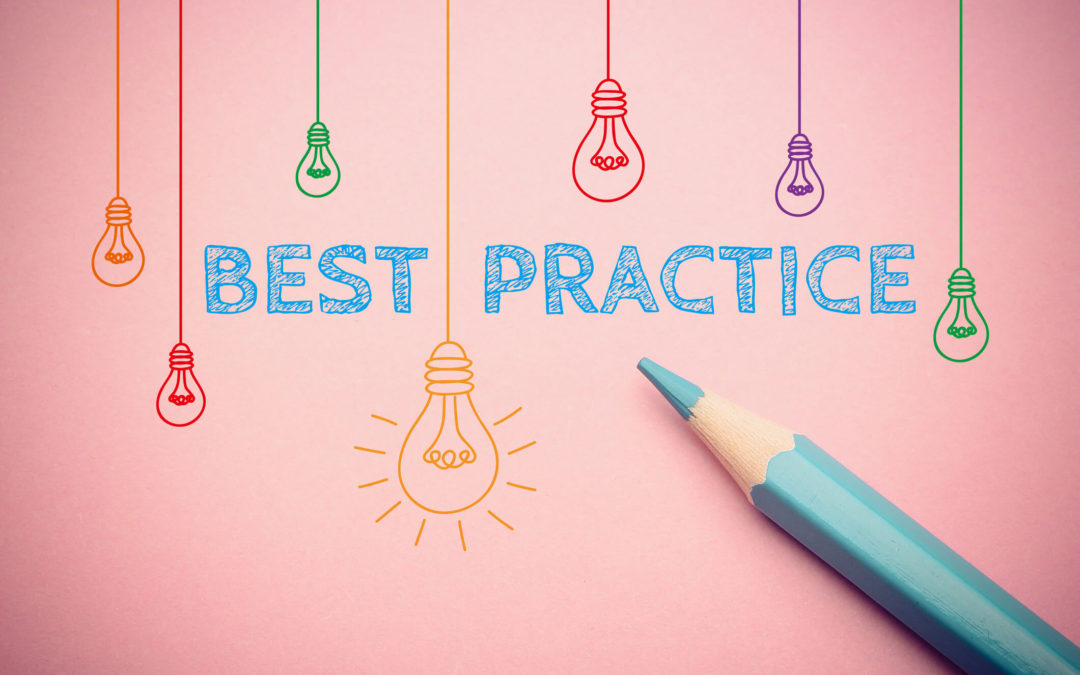
19 Jun Five steps to creating the best candidate experience
As we start to slowly ease lockdown restrictions, for many organisations, focus is now firmly on how to return to growth when operating against the backdrop of uncertainty and unease. This is a monumental challenge but utilising your organisations most valuable asset – your people, may help.
Employees, both current and future and their unique human skills, will play an important part in ensuring the growth.
This pandemic may mean that elements of the existing business model may need to change. New markets explored, given that Brexit dates have been confirmed for the end of the year. Perhaps an entirely different product or service offerings will need to be developed and at speed. As a result, the organisation, post Covid-19 may be a very different one. It is inevitable then, that the roles and skills needed to help deliver these changes are in a meaningful, effective, and sustainable way. This requires a different approach to hiring and to ensure your business attracts the best talent in a skills short market.
1) Use of detailed job adverts to entice
Most candidates are looking for as much information on the job role as possible, which are easy to find on company websites and job boards. Offering information that makes the candidate want to learn more will help to attract passive candidates, increase brand awareness, and entice the best talent for the role. Having dedicated career sites which plots useful information about the company, promoting top benefits and clear routes of progression, current employee testimonials and employer brand videos will all help to drive attraction and support the personality and culture match.
2) Application and acknowledgement of candidate time
Utilising a simple application process, ideally in a one click application, especially through mobiles will aid application flow. Offering clear communication to both successful and rejected applications as well as next steps will assist in keeping engagement high and assure that applying was the right decision to make. To support this, using an automated process, such as email or text, to acknowledge application, set timelines and update through the recruitment stages.
3) Consistent and clear interview process
As remote interviewing is likely to be the new norm, establishing a smooth and structured interview process will help to cut down on bias and assist in identifying top talent. Conducting 2/3 stages of remote interviews, before a face to face meet, ensuring that hiring managers are informed of key information from each stage, allows the conversation to be developed, rather than just repeated. Adding to the candidate’s engagement and value of the organisation.
4) Established onboarding processes
Having the process ready to go, with a detailed checklist of steps, which could be training – remote or on site; support for remote working, with system and IT access; manager reviews and appraisals will all provide clear guidance and establish expectations for the new starter.
5) Smooth candidate journey
By offering a smooth candidate journey with clear communication at each stage, will help to reduce application attrition; increase the number of high quality applicants; decrease the number of declined offers; make the organisation an employer of choice; improve staff retention rates, particularly within the first 6 months of employment and safeguard the public perception of the business or brand.

